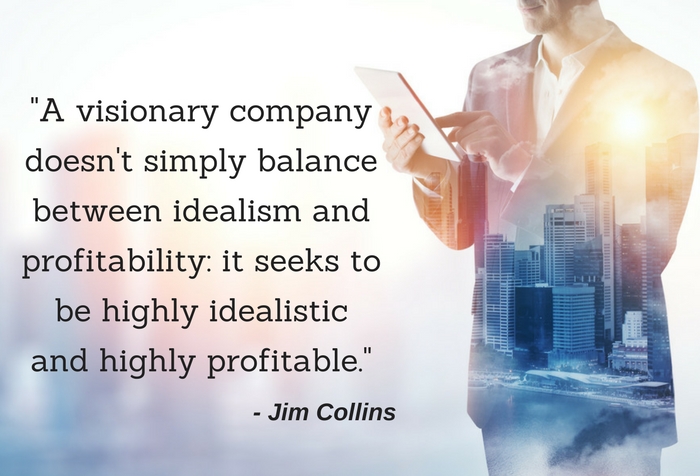Pricing: Profit or Pain – What do you choose?

I’ve met with 2 different business owners in the last week and although their situations were wildly different, they both shared a significant challenge. Despite having been in business for quite a while, both owners were finding running their business to be getting harder over time. Every day was feeling like an uphill slog and they both felt like they were running out of options on how to make things work.
They each had different challenges based on the industry they were in, the size of the business, who they had working with them, but the common issue they shared was a lack of profitability – they simply weren’t making enough money. Neither of these business owners had started their business because they wanted to become insanely rich – in both cases, they saw a need in the marketplace (and in society) that matched up with something they were good at. They had an opportunity to make a nice living, build something for the future and make an impact with their clients and the people around them. They don’t have a profit-focus on the business – which overall is a fine thing. Money alone isn’t a good reason to start or run a business.
But… when you’re not making enough money, regardless of all the other great reasons why you’re in business, things become difficult. If you’re not paying yourself a market-based wage and bringing in a reasonable profit on top of that, your business is going to struggle and eventually, it will grind to a halt. It’s like running an engine without any oil – it’s going to run rough and at some point, it will just seize up and stop.
There are ultimately only 2 levers
If you aren’t making enough profit, there are only 2 places you can look to make changes. You can find a way to cut your costs (money going out) or you can increase your revenue (money coming in). Looking for ways to cut costs is always a worthwhile exercise and there are times where you might be able to find a breakthrough in your cost structure that can make a huge difference (new technology, simplified delivery, different customer base). But for most of us, the best you likely to do is find a few small things to trim. Certainly, every little bit helps, but it’s unlikely that you’ll be able to save your way to long term success.
That leaves you with making changes to the income side of things. Is there a way to bring in more money, ideally without spending anymore? The easiest way to make that happen is to simply raise your prices.
Raise your prices… it’s a simple idea and it’s even simple to implement – but most business owners become very uncomfortable when they think about raising their prices.
In the case of both business owners I talked with last week, the initial reaction – their gut feel – was; “I can’t do that”. The both believed that their customers would revolt and that they would immediately lose all of their business. If you’re selling a commodity that’s probably true. If you have a product or service that’s just like everyone else’s and can be easily found by your customers, then raising your prices will cost you a lot of customers. However, if you have a product or service that’s different in some meaningful way or that can’t be easily purchased somewhere else, then raising prices isn’t likely to have much of an impact on demand (depending on how much you raise those prices).
The good news is that raising prices can have a HUGE impact on your bottom line and on your business. That price increase drops directly to your bottom line…! Check out the chart below – it shows how many customers you could lose for a given price increase and still make the same amount of profit). The %’s in the left-hand column are your current profit margin and the %’s on the top row are what you’d consider raising your prices by. As an example, one of the business owners from last week was making about 15% in profit margin on their primary product line and we were looking at raising the prices for that product line by 20%. The chart shows that combination at 57% – meaning they could afford to lose up to 57% of their buyers and still make the same amount of money!
More realistically, they’ll lose 15% of their buyers and make a lot more money (and do 15% less work for it). In this particular case, it would be the difference between a healthy, profitable business that can afford to invest in marketing and sales or one that’s just barely getting by and hoping they don’t have a bad month or two.
Which business would you rather be in?
Raising your prices shouldn’t be done lightly – and if you have the ability to test out the impact in a small way, that’s probably a good idea. But you will need to raise your prices – just to keep up with costs and overhead if nothing else, and if you’re like most business owners, you are currently underpriced and need to adjust for that now that you know what you’re doing.
What do you think? When’s the last time you seriously raised your prices? What would it do to your business (good and bad)? If you haven’t thought about it for a while, now’s a good time to bring it up. We’d love to hear your thoughts – drop us a comment below.
Shawn Kinkade Kansas City Business Coach

